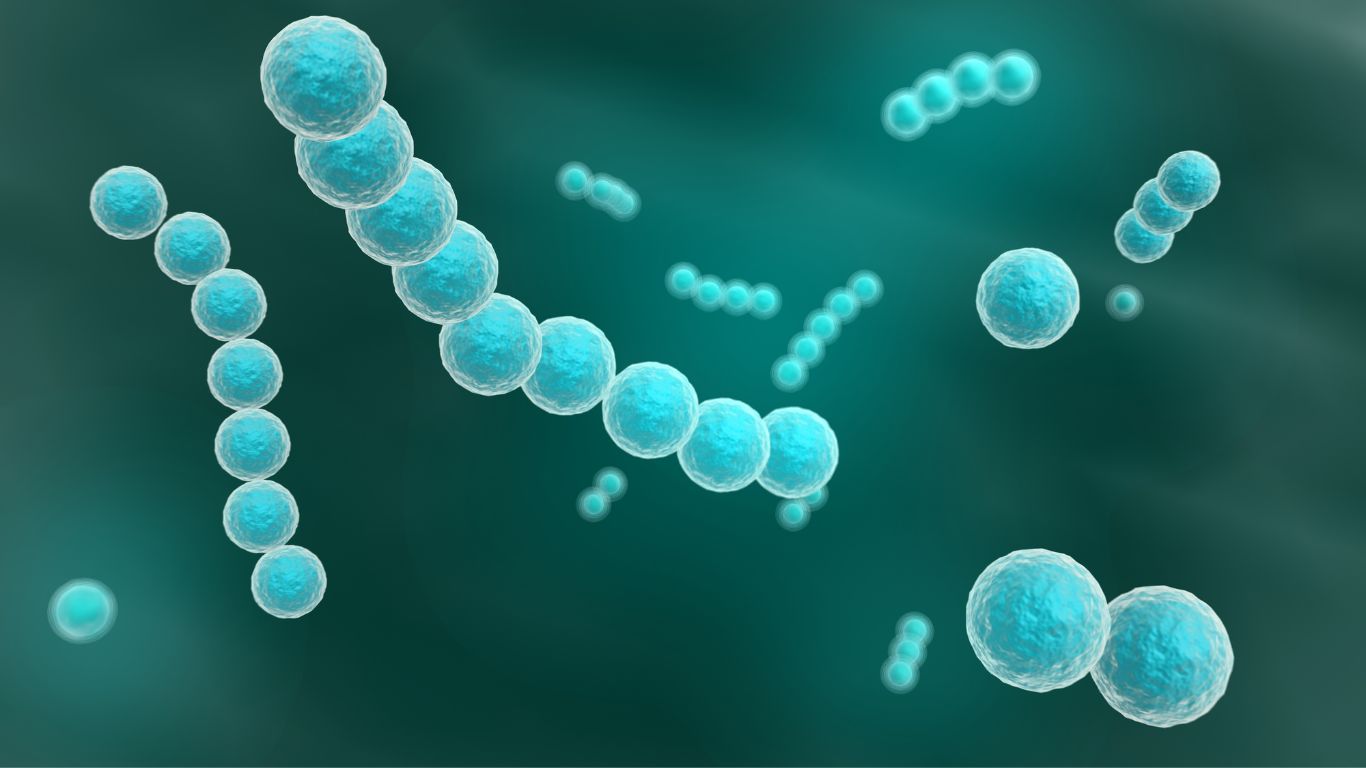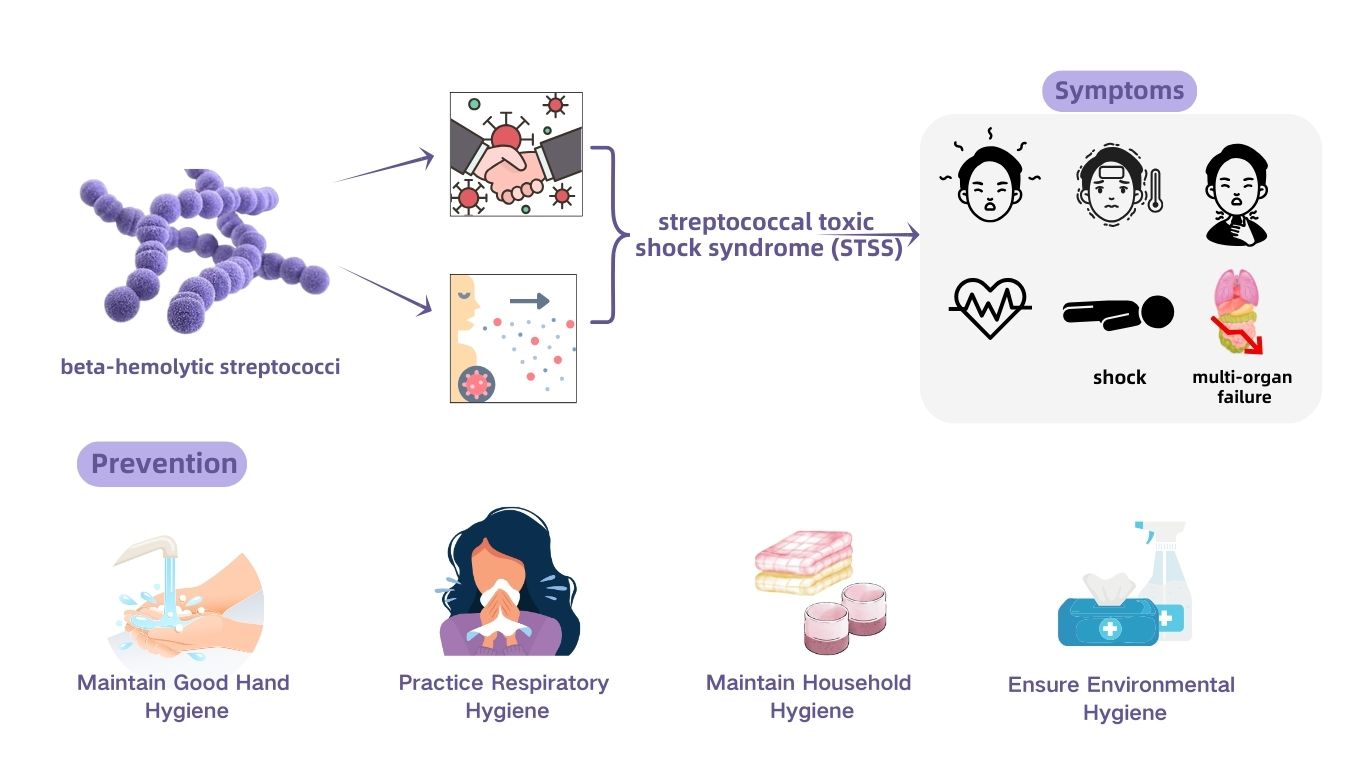Japan Experiences Deadly "Flesh-Eating Bacteria" Outbreak: 851 Cases Reported, 30% Mortality Rate

According to reports, cases of streptococcal toxic shock syndrome (STSS), commonly known as the "flesh-eating bacteria" infection, have surged in Japan. As of May 12, a total of 851 cases have been reported, approximately 2.8 times higher than the same period last year.

Streptococcal toxic shock syndrome is an acute condition caused by the exotoxins of beta-hemolytic streptococci. Due to its relatively high fatality rate, the bacteria responsible for this disease are referred to as "flesh-eating bacteria" in Japan.
Transmission and Symptoms
Streptococci are primarily transmitted through contact or respiratory droplets. While many infected individuals remain asymptomatic, once the bacteria invade the bloodstream or muscle tissues, it can trigger STSS. Initial symptoms include sore throat and fever, quickly progressing to low blood pressure, multi-organ failure, and even shock. The mortality rate of this condition is around 30%.
Data from the National Institute of Infectious Diseases in Japan shows that in 2023, a record 941 cases were reported, with this year's cases significantly surpassing last year's numbers.
High-Risk Groups
Professor Ken Kikuchi from Tokyo Women's Medical University emphasizes that the majority of patients are elderly, particularly those over 65. He advises the elderly to take extra precautions, as many infections occur through minor wounds or ulcers on the feet. Caregivers should ensure that elderly individuals maintain proper foot hygiene. Professor Kikuchi warns that early symptoms of STSS are difficult to diagnose. If symptoms such as swelling in the feet rapidly worsen or if a patient develops a fever above 39°C, they should seek medical attention immediately.
What is Streptococcal Toxic Shock Syndrome?
Streptococcal toxic shock syndrome is a severe, invasive infection caused by Group A Streptococcus (GAS). It progresses rapidly and is characterized by sudden onset of septic shock and multi-organ failure.
Susceptible Populations
Sources of Infection: Patients with GAS infections, asymptomatic carriers, and convalescent carriers.
Transmission Routes: Humans are the only natural hosts for GAS, which spreads mainly through respiratory droplets, contact with infected individuals or their broken skin, and contaminated food.
High-Risk Groups: Individuals with underlying health conditions, children, the elderly, and pregnant women. Those with previous illnesses or concurrent infections, such as influenza, malnutrition, diabetes, and acquired immunodeficiency syndrome, are more susceptible.
Symptoms of Infection
The incubation period for STSS is short, with a sudden onset usually following viral infections (e.g., chickenpox, influenza), pharyngitis, and local soft tissue injuries. Most cases have no clear primary infection site and are often associated with soft tissue infections (e.g., infections following penetrating injuries, cellulitis, necrotizing fasciitis).
1. Early Symptoms:
- Within 24-48 hours before severe hypotension, patients typically experience fever, chills, diarrhea, headache, sore throat, muscle pain, confusion, and drowsiness. Fever is the most common symptom, followed by nonspecific gastrointestinal discomfort, respiratory distress, and cellulitis.
2. Later Symptoms:
- Rapid progression from early symptoms to increased respiration and heart rate, characteristic shock, and multi-organ failure. Even with treatment, severe cases can result in death within 24-48 hours of hospitalization.

Prevention Measures
1. Maintain Good Hand Hygiene:
- Wash hands with soap and running water after coughing or sneezing and before preparing food or eating. Use alcohol-based hand sanitizers if soap and water are unavailable.
2. Practice Respiratory Hygiene:
- Cover mouth and nose with a tissue or sleeve when coughing or sneezing. Wear masks in crowded places or enclosed, poorly ventilated spaces.
3. Maintain Household Hygiene:
- Avoid sharing towels, bedding, and items that may come into contact with saliva, such as cups, dishes, and utensils.
4. Ensure Environmental Hygiene:
- Regularly clean and disinfect common areas and public equipment, especially in hospitals.

















